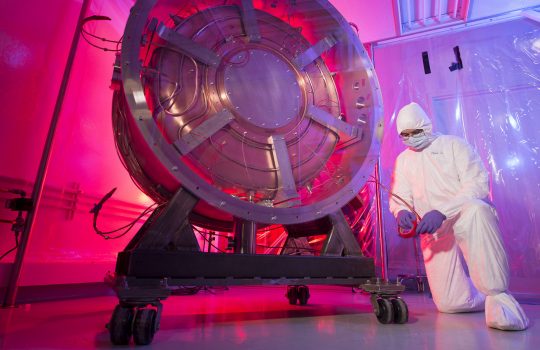Fermilab physicists make science real for students
From Kane County Chronicle, Feb. 5, 2020: Some people might think that Fermilab physicists are unapproachable eggheads, probing the deepest mysteries of science from their secluded laboratories without personal lives or connections to the rest of humanity. At their first reverse science fair, students at J.B. Nelson Elementary found out Fermilab scientists are just like everyone else — they aren’t geniuses. They just like science a lot.


